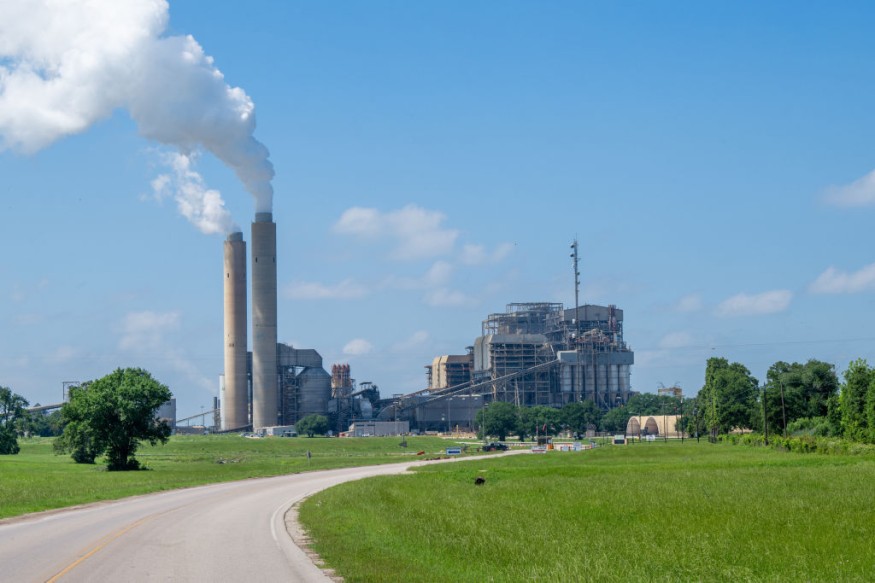
A recent study found that there is a roughly 40% reduction in the likelihood of a live birth from in vitro fertilization due to exposure to air pollution.
Exposure to pollutants has been associated in the past with higher incidence of miscarriages and preterm births, and it has been demonstrated that minute soot particles pass into the ovaries and placenta through the bloodstream.
According to recent research, pollution may have an early effect on conception by interfering with egg development.
Egg Development
The study examined 1,836 patients' 3,659 frozen embryo transfers during an eight-year period in Perth and examined if the results were correlated with PM10 level or fine particulate matter.
Generally, each transfer had a birth rate of 28%. However, success rates varied depending on pollution exposure two weeks before egg collection. In comparing the top quartile in terms of exposure levels against the least quartile there was a 38% reduction in live births probability.
According to research lead author Sebastian Leathersich, this is the first study to employ frozen embryo transfer cycles to analyze the impacts of pollutant exposure individually during egg development, at the time of embryo transfer, and during the early stages of pregnancy.
"We could therefore evaluate whether pollution was having an effect on the eggs themselves, or on the early stages of pregnancy," he added.
The research team now plans to investigate cells directly so as to understand why pollutants harm cells. Studies done earlier established that these tiny pieces inflame cells and break down DNA.
According to Senior NHS physician and Medical Director of Create Fertility and ABC IVF Prof. Geeta Nargund, it is important that a greater understanding be developed about air pollution so that its effects especially for those people in low work classes can be seen in full.
"In the face of a global fertility crisis, a clear picture of the link between environmental factors such as air pollution and fertility health or treatment outcomes could play an important part in tackling falling fertility rates," she said.
Air Pollution
This study is biologically plausible, according to Prof. Jonathan Grigg of Queen Mary University of London, whose group found evidence of air pollution particles in the placenta.
This is because it was recently found that inhaled fossil fuel particles leave the lung and settle in organs throughout the body. The growing list of harmful impacts of particulate matter originating from fossil fuels now includes reproductive health, which should encourage policymakers to keep reducing transportation emissions.
Despite good air quality during the entire period of study, this finding showed that some relationship existed. Specifically, there was an association between air pollution levels beyond which World Health Organization (WHO) guidelines allowed, with PM10 exceeding them only on 0.4% and PM2.5 on 4.5%.
Only seven countries, among which is Australia, met WHO guidelines in 2023, and this analysis is the first to show danger even at relatively low levels of pollution.
The WHO has estimated that 6.7 million people died as a result of air pollution in 2019.
One of the main threats to public health includes contamination of airborne substances which are especially dangerous for people because they go beyond lung tissues into bloodstreams where they are spread to all organs and increase chances of getting dementia or other disorders such as stomach tumors together with cardiovascular illnesses due to presence of soot particles that are less than one micron . There is a strong connection between reduced IQ levels as well as inhaling these particles.
Related Article : Scientists Identify How Air Pollution Causes Lung Cancer for Non-Smokers
© 2025 NatureWorldNews.com All rights reserved. Do not reproduce without permission.




